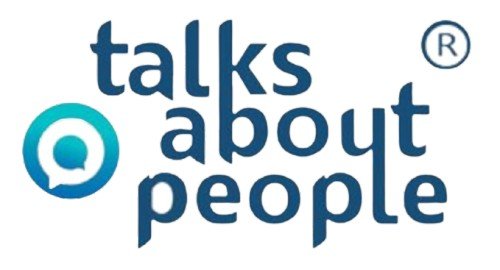When it comes to building a strong organization, skills and experience are only part of the equation. The other, often overlooked, factor is cultural fit. Especially in leadership hiring, ensuring that a leader aligns with the company’s values, ways of working, and long-term vision is critical. Research shows that nearly 26% of corporate startup failures stem from cultural issues, proving how costly the wrong fit can be.
A leader who connects with the organizational culture can inspire teams, make better decisions, and drive sustainable growth. On the other hand, a cultural mismatch at the top can create friction, increase attrition, and slow down transformation.
So, how do you evaluate cultural fit when hiring leaders? Here are five practical tips that business leaders can apply to ensure success in leadership hiring.
Tip 1: Define Your Organizational Culture Clearly
Before you assess candidates for cultural fit, you must first articulate what your culture actually is. This means going beyond generic values on your website and drilling down into how decisions are made, how success is measured, and how people collaborate day to day.
- Is your organization hierarchical or flat?
- Do you encourage calculated risk-taking, or do you prefer structured, risk-averse approaches?
- Do you prioritize innovation, speed, and experimentation, or do you value stability and consistency more?
Having clarity on these questions provides a baseline against which you can evaluate leadership candidates. The most effective leadership hiring consultants often begin assignments by mapping a company’s cultural DNA before shortlisting candidates.
Tip 2: Use Behavioral Interviews to Go Deeper
Resumes and credentials can’t reveal how someone thinks, acts, or leads under pressure. That’s where behavioral interviews come in.
Leaders can share specific examples of:
- How they’ve built or transformed teams in the past.
- Ways they’ve handled conflicts, uncertainty, or failure.
- How they’ve adapted their leadership style to suit different environments.
The “how” is more important than the “what” here. For instance, two leaders may both have scaled businesses, but one may have done it through inclusive collaboration, while another may have driven results with a more top-down style. If your culture thrives on empowerment, the former would be a better fit. This is why CXO hiring processes often rely heavily on structured behavioral assessments.
Tip 3: Assess Alignment of Values and Vision
Cultural fit isn’t about hiring people who look, think, or act exactly like the existing leadership team. Instead, it’s about ensuring alignment in core values while welcoming diverse perspectives.
During interviews, test for alignment with the company’s mission and long-term vision. For example, if sustainability is central to your company, ask candidates how they’ve embedded ESG goals into business strategies before. On the other hand, if agility is key, probe into how they’ve managed change and uncertainty in dynamic environments.
When there’s strong value alignment, leaders not only integrate smoothly into the company but also inspire employees to rally around a shared purpose. This principle guides many leadership hiring consultants when designing cultural assessment frameworks.
Tip 4: Use Psychometric and Cultural Assessments
Subjective impressions can be misleading. To avoid bias, supplement interviews with psychometric tests and cultural assessment tools. These evaluations provide structured insights into personality traits, communication styles, and decision-making approaches.
For example:
- Do they naturally lean toward collaborative decision-making, or are they more independent and directive?
- Are they more motivated by recognition, stability, or innovation?
While these tools should never be the sole basis for decision-making, they help validate observations and give a more holistic picture of a candidate. In fact, many CXO hiring processes now integrate such tools to increase objectivity and reduce risks in leadership selection.
Tip 5: Involve Multiple Stakeholders in the Evaluation
Leadership hires don’t operate in silos. Their decisions impact teams across functions and geographies. To truly evaluate cultural fit, involve multiple stakeholders in the interview and assessment process.
This could include:
- Direct reports, to assess how approachable and empowering the candidate might be.
- Cross-functional peers, to understand collaboration potential.
- Senior board members, to validate alignment with long-term business strategy.
When different stakeholders provide feedback, you get a more accurate understanding of how a leader might integrate into your ecosystem. This is also a practice that experienced leadership hiring consultants recommend when working with organizations to finalize senior hires.
Final Thoughts
The success of leadership hiring is not just about finding someone with the right skills but also about ensuring they will flourish in your company’s environment. By defining your culture, probing deeply through behavioral interviews, testing value alignment, using psychometric assessments, and involving stakeholders, you create a more reliable framework for evaluating cultural fit.
As organizations continue to grow in 2025, cultural alignment will become as critical as functional expertise. Getting this right can mean the difference between transformative leadership and costly missteps at the top.
At TalksAboutPeople (TAP), we specialize in connecting organizations with leaders who don’t just check the skill boxes but also thrive in your culture. As one of India’s trusted leadership hiring consultants, we bring deep expertise in CXO hiring and ensure every search aligns with your growth vision.
Let’s find the right leaders for your future.
Connect with TAP today.

